Mumbai: The Indian Institute of Technology (IIT) Bombay has announced a significant research breakthrough in photovoltaic technology, aiming to reduce solar electricity costs,
The IIT Bombay team, working in collaboration with ART-PV India Pvt Ltd and with support from the Maharashtra government, has developed high-efficiency tandem solar cells that reportedly reach a power conversion efficiency (PCE) of around 30 per cent. This is a marked improvement over the current industry average of about 20 per cent.
Technology Overview and Potential Impact
The new solar cells use a tandem structure, which combines multiple photovoltaic materials in thin layers. This layered design allows the cells to absorb a broader range of the solar spectrum, improving energy conversion rates without significantly increasing the cost of materials.
The improved efficiency could enable solar electricity production at approximately Rs 1 per kilowatt-hour (kWh), potentially making it one of the lowest-cost sources of energy in the country.
Researchers plan to make the technology commercially viable by 2027, subject to successful large-scale testing and integration.
State Government Involvement and Deployment Plans
The Maharashtra government has shown early interest in facilitating the deployment of this technology. Mahagenco, the state-owned power generation company, has been tasked with exploring the feasibility of deploying the new solar modules in upcoming energy projects. According to officials, this may also help reduce India’s reliance on imported raw materials, particularly from China.
Praveen Pardeshi, Chief Economic Advisor to the Maharashtra Chief Minister, stated that the initiative could contribute to strengthening domestic solar manufacturing under national programs such as Make in India and Atma Nirbhar Bharat.
Broader Implications for the Solar Sector
If the 30 per cent efficiency mark is maintained under field conditions, this could shift the economics of solar energy production in India. More efficient panels require less land and infrastructure for the same energy output, which could accelerate deployment in space-constrained regions.
The project underlines an ongoing effort by Indian research institutions to improve energy self-reliance and align with national climate targets. While the innovation is promising, it still faces several challenges, including scalability, durability, and long-term performance under diverse environmental conditions.









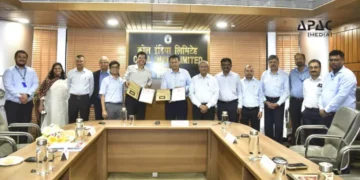









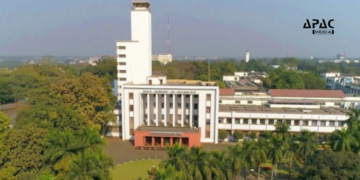

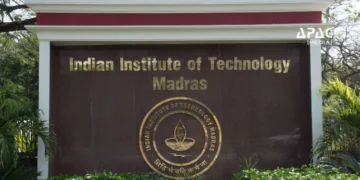



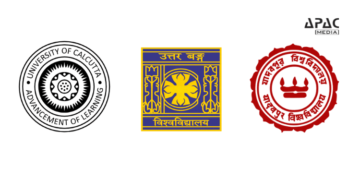

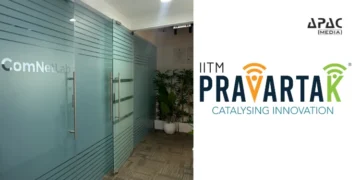





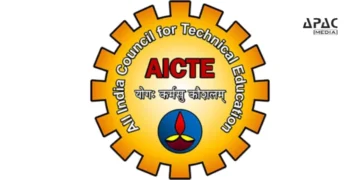








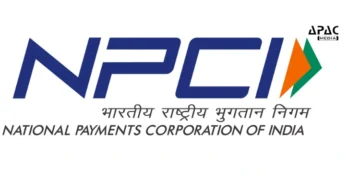
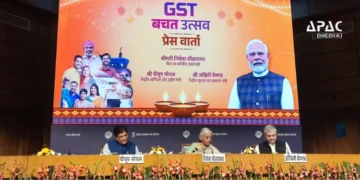
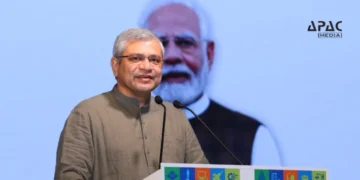


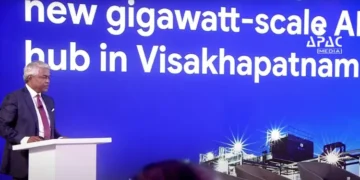
















Discussion about this post